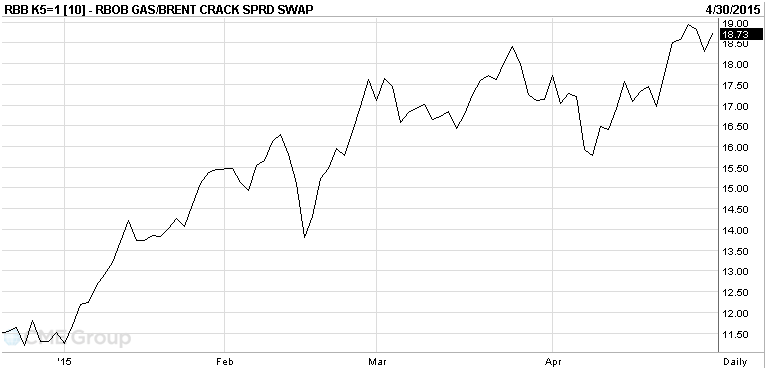
SSRL X-rays are focused to illuminate a small sample of catalysts inside a movable cylindrical holder. A lens magnifies the resulting sample image onto a screen, a CCD camera captures the 2-D image, and software is used to reconstruct a 3-D image of the single catalyst particle from a series of these 2-D images. Credit: Florian Meirer/Utrecht University
VIDEO AT LINK.................
To: thackney
Refinery ping!............
2 posted on
05/01/2015 9:45:02 AM PDT by
Red Badger
(Man builds a ship in a bottle. God builds a universe in the palm of His hand.............)
To: Red Badger
GM used to install pellet converters on its cars and trucks.
3 posted on
05/01/2015 9:55:56 AM PDT by
Paladin2
To: Red Badger
[[”We are trying to understand how this aging happens, and we’re working with companies that produce these FCC catalysts to make the process more efficient.”]]
so if they figure this out, gasoline will be around $.60 a gallon again?
5 posted on
05/01/2015 10:00:27 AM PDT by
Bob434
To: Red Badger
The Crack Spread
The crack spread is probably the most important financial strategy within the energy industry. The price of the crack spread is so crucial that it is closely monitored by commercials, hedge funds, banks, energy companies and governments. The value of the crack spread summarizes and combines, in 1 strategy, the price of crude oil and its two most important derivatives: diesel and gasoline. The entire oil industry, which still plays a very significant role as far as energy production is concerned, is strongly and inevitably linked to the performance of the crack spread. The present research investigates the structure of the aforementioned strategy and the quantitative relationships of and among its components.
snip
http://www.insidefutures.com/article/1267689/The%20Crack%20Spread.html

9 posted on
05/01/2015 10:13:35 AM PDT by
Zeneta
(Thoughts in time and out of season.)
FreeRepublic.com is powered by software copyright 2000-2008 John Robinson

